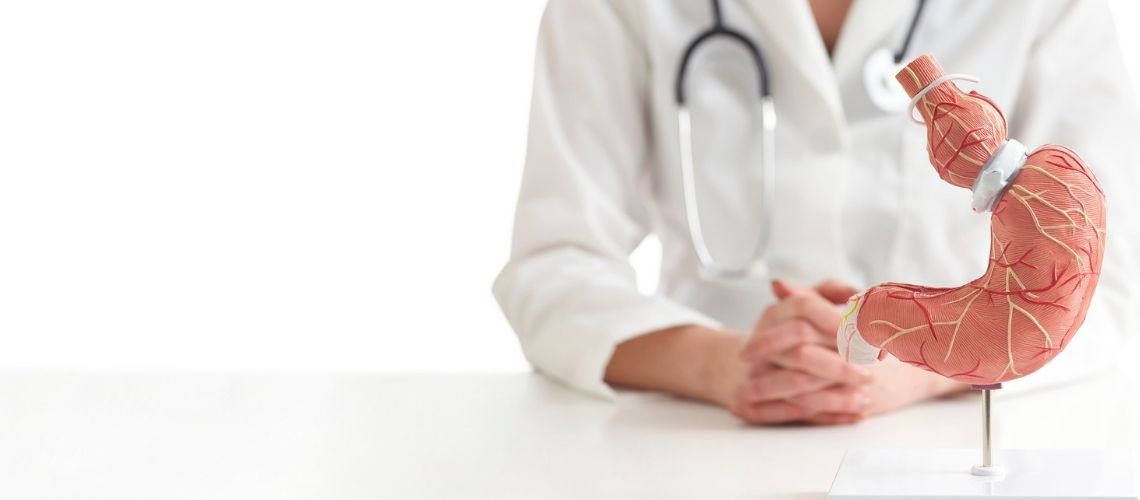Recovery after undergoing gastric Botox injection is a straightforward process that allows individuals to swiftly resume their daily routines. This non-surgical procedure offers an alternative to weight loss, particularly for those struggling with shedding excess pounds through traditional means. Understanding the various facets of recovery can help individuals make informed decisions about this treatment option.
Immediate Post-Procedure Care
In the immediate aftermath of the gastric Botox injection procedure, patients find themselves in a simplified recovery process. With no need for hospitalization, the outpatient nature of the procedure is evident. The absence of incisions due to the endoscopic approach further enhances the swift recovery. Following the 20-minute procedure, patients are monitored for 1-2 hours, ensuring their stability post-anesthesia. This short observation period underscores the minimal invasiveness of the process. The anticipated reduction in appetite typically manifests within three days, signaling the onset of the Botox’s effects. This initial recovery phase serves as the gateway to the subsequent journey of controlled weight loss and improved well-being.
Dietary Adjustments for Optimal Recovery
Post-gastric Botox injection, the road to optimal recovery is closely intertwined with strategic dietary modifications. This pivotal aspect of the recovery process supports the procedure’s effects and facilitates sustained weight loss. Patients are advised to focus on a nutrient-rich diet that emphasizes protein and fiber sources, steering clear of high-carbohydrate options. Refined sugars like candies and chocolates are to be eliminated. These dietary changes align with the procedure’s appetite-reducing effects, bolstering the likelihood of successful weight loss. The prescribed diet acts as a synergistic companion to the Botox procedure, promoting satiety and healthier eating habits. By adhering to these dietary recommendations, individuals can leverage the full potential of the procedure, fostering gradual and lasting weight loss results.
Initiation of Weight Loss and Timelines
Once the gastric Botox injection is administered, the journey towards weight loss begins with a gradual but noticeable shift. In the immediate days after the procedure, the sensation of hunger diminishes, usually within 2-3 days. However, it’s around the two-week mark that tangible weight loss starts becoming apparent. Over the next few months, a targeted weight loss range of 10-20 kilograms can be achieved. This measured approach allows the body to adapt naturally to the Botox’s effects, ensuring sustainable and controlled progress. Patients should recognize this timeline and manage their expectations accordingly, understanding that the procedure sets the stage for weight loss but requires the synergy of dietary diligence and an active lifestyle to fully capitalize on its benefits.
Safety and Side Effects
Safety is paramount in the realm of gastric Botox injections, and the procedure boasts a solid safety record within the medical field. Administered by skilled specialists, the application of Botox is considered safe when appropriately dosed. Its standard endoscopic approach reduces risks, as there are no reported instances of significant stomach damage associated with the procedure. Notably, the effects of the injected Botox are temporary, dissipating entirely within a span of 4 to 6 months. This transient nature eliminates the possibility of permanent damage. However, individuals with allergies to Botox or certain muscle diseases should avoid the procedure due to potential adverse reactions. In the larger context of weight loss options, stomach Botox emerges as a relatively safe and effective choice for those who meet the eligibility criteria.
Suitability and Eligibility Criteria
The suitability of stomach Botox treatment is determined by various factors that ensure its effectiveness and safety. While not designed as an obesity surgery, it offers a viable option for individuals who struggle with conventional weight loss methods. Those with a body mass index (BMI) ranging from 27 to 35, coupled with an excess weight of 10-20 kilograms, constitute the optimal candidate group. However, individuals with a BMI exceeding 40 or those who would find success through obesity surgery are not recommended for this procedure. For individuals grappling with stomach ulcers or gastritis, resolving these conditions before considering Botox treatment is crucial. Overall, stomach Botox serves as an intervention for those who fall between overweight and obese categories and have not achieved desired results through other means.
Long-Term Outlook and Lifestyle Adjustment
Achieving lasting success through gastric Botox entails more than the procedure itself; it’s a collaborative journey between medical intervention and personal dedication to lifestyle transformation. While Botox jumpstarts appetite control and weight loss, it functions as a catalyst for change rather than a standalone solution. Embracing a health-conscious diet that prioritizes protein and fiber while avoiding refined sugars complements the procedure’s effects. A gradual transition to healthier eating habits sustains the weight loss achieved. Moreover, exercise and physical activity play a pivotal role in maintaining and enhancing results. This multifaceted approach fosters a positive feedback loop: as the body sheds excess weight, confidence and motivation to uphold these changes grow. Long-term success hinges on patient commitment to ongoing dietary mindfulness, regular exercise, and an overall healthier way of living.


